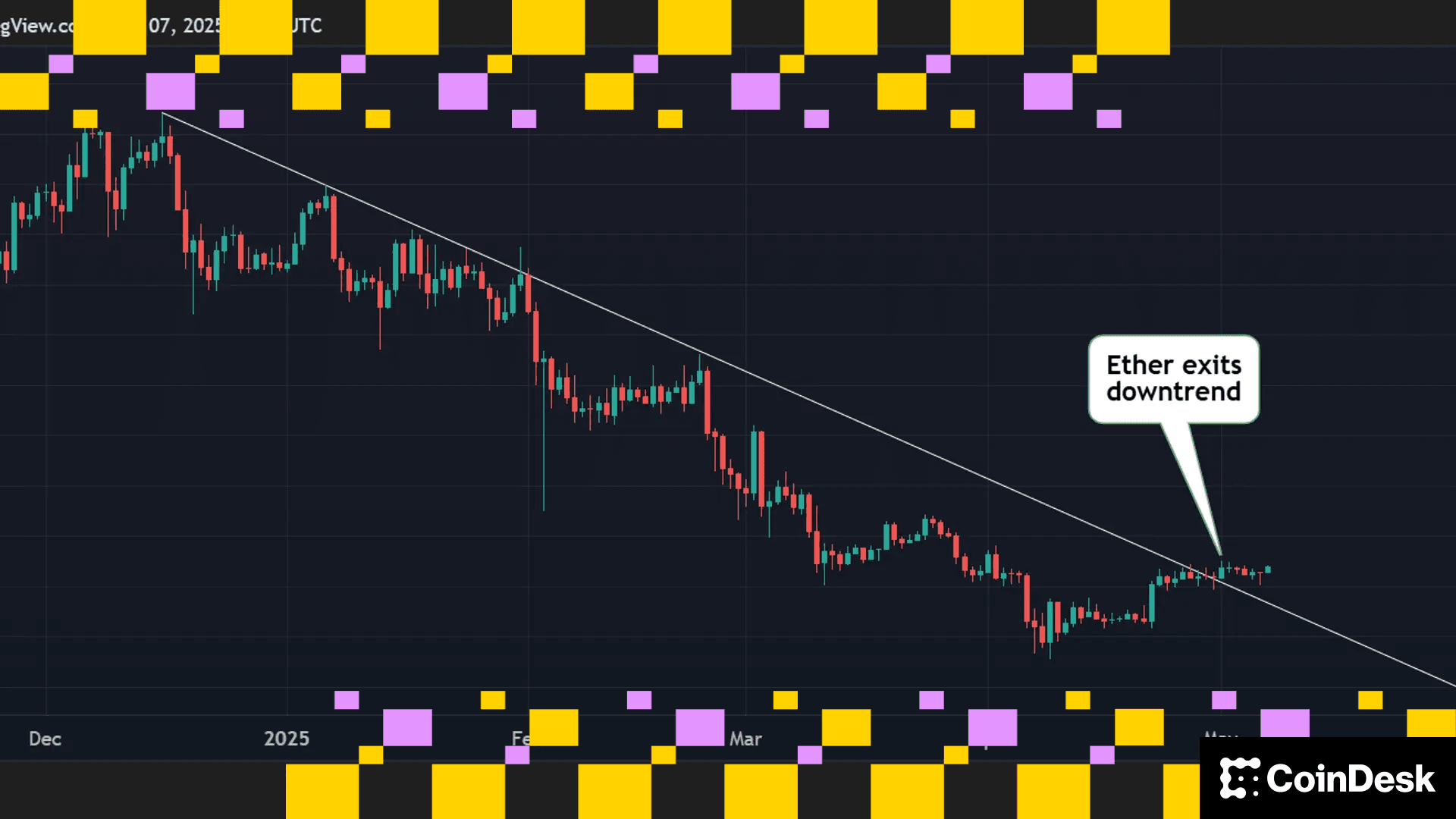Bitcoin ETFs Are Driving a Spot Multiplier Effect, Canaccord Says
Many investors find the underlying cryptocurrency more attractive than ETFs given the ability to hedge and to generate yield on HODLs, the report said.
- The broker said that ETFs are driving additional demand for the underlying crypto itself.
- Sovereign wealth funds are already likely invested in bitcoin, Canaccord said.
- More companies could follow MicroStrategy’s lead and start acquiring bitcoin, the report said.
While there has been a lot of noise about how much assets under management (AUM) bitcoin
The broker held its 2024 Digital Assets Symposium last Thursday and hosted leaders from 29 crypto-related companies.
“It is becoming clear now that there is a material multiplier effect also underway from the ETFs in driving additional demand for the underlying BTC spot itself,” analysts led by Joseph Vafi wrote.
The broker noted comments from Swan Bitcoin, a bitcoin-only investment advisor, which said it is “seeing a multiple-fold increase in demand for an underlying spot as the ETFs drive the BTC demand curve to the right, while the BTC supply curve can’t respond in kind.”
Canaccord said that many investors, both retail and institutional, "Find the underlying BTC spot more attractive than ETFs given potentially more ways to hedge and generate yield on HODLs over time as the asset class matures.”
In the coming months, spot bitcoin ETFs will be added to multiple registered investment advisor (RIA) platforms and large broker/dealer wirehouses, and with this added distribution, “investment advisors that could more or less ignore bitcoin will now be forced to at least have an opinion” on the cryptocurrency, the report said.
Some institutions, in particular sovereign wealth funds, are likely already invested in bitcoin, and Canaccord expects to see announcements from these types of investors in the next few months.
New FASB accounting standards, when combined with continued inflationary concerns, “could drive more enterprises to follow MicroStrategy (MSTR), at least modestly to look at BTC as an asset to hold on the corporate balance sheet,” the report added.
Read more: Spot Bitcoin ETFs Are Just the Beginning for Wall Street
More For You
Exchange Review - March 2025

CoinDesk Data's monthly Exchange Review captures the key developments within the cryptocurrency exchange market. The report includes analyses that relate to exchange volumes, crypto derivatives trading, market segmentation by fees, fiat trading, and more.
What to know:
Trading activity softened in March as market uncertainty grew amid escalating tariff tensions between the U.S. and global trading partners. Centralized exchanges recorded their lowest combined trading volume since October, declining 6.24% to $6.79tn. This marked the third consecutive monthly decline across both market segments, with spot trading volume falling 14.1% to $1.98tn and derivatives trading slipping 2.56% to $4.81tn.
- Trading Volumes Decline for Third Consecutive Month: Combined spot and derivatives trading volume on centralized exchanges fell by 6.24% to $6.79tn in March 2025, reaching the lowest level since October. Both spot and derivatives markets recorded their third consecutive monthly decline, falling 14.1% and 2.56% to $1.98tn and $4.81tn respectively.
- Institutional Crypto Trading Volume on CME Falls 23.5%: In March, total derivatives trading volume on the CME exchange fell by 23.5% to $175bn, the lowest monthly volume since October 2024. CME's market share among derivatives exchanges dropped from 4.63% to 3.64%, suggesting declining institutional interest amid current macroeconomic conditions.
- Bybit Spot Market Share Slides in March: Spot trading volume on Bybit fell by 52.1% to $81.1bn in March, coinciding with decreased trading activity following the hack of the exchange's cold wallets in February. Bybit's spot market share dropped from 7.35% to 4.10%, its lowest since July 2023.
More For You












